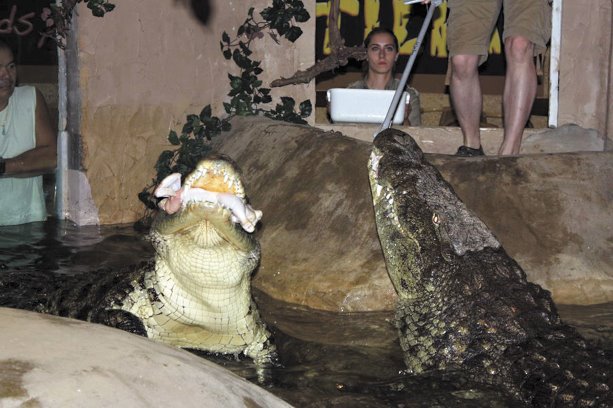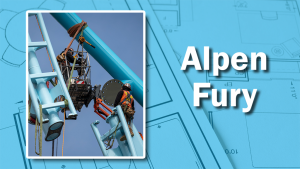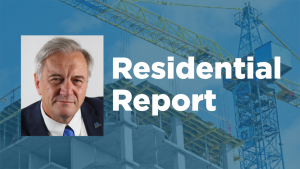Reptilia is Canada’s largest fully indoor reptile zoo and home to about 500 reptiles and amphibians in natural settings — all underpinned by concrete construction. The zoo has been operating in Vaughan, Ont. for the past 20 years.
Upsized from its original location, the indoor facility measures almost 23,000 square feet, with about two-thirds of the building devoted to animal exhibits. Lee Parker is Reptilia’s facility manager. An experienced herpetologist, his many duties include responsibility for the condition of the facility itself.
The building is leased, not owned, requiring Reptilia to maintain the property in as close to original condition as possible.
"When the zoo moved to this building, the owners came up with a rough idea of the design and they laid it out in tape on the concrete floor," says Parker.
"The construction started with the smaller enclosures for the smaller animals using concrete block and mortar. However, the block walls aren’t fixed to the ground — it’s the weight of the block that holds them in place. That way all we need to do when we want to reconfigure the enclosures is to push the concrete blocks over with a front-end loader or Bobcat to take the blocks out. That leaves a clean floor with no major damage."
Metal "L" brackets are fixed to the top of each wall along its length with silicon-sealed safety glass set into the channels, allowing a clear view of the exhibits. The glass is topped with a wooden header for additional stability. In some cases, the enclosures are waterproofed, allowing water to rise behind the glass and offering a glimpse of the animals in a natural aquatic habitat.
While these enclosures provide all of the security required for snakes, tortoises, smaller lizards and assorted arachnids, the zoo’s larger star attractions require additional strength and security.
Induna is a Nile crocodile measuring 14 feet in length and weighing in at about 1,200 pounds. Visitors watch the vigorous reptile chow down on whole chickens and beef steaks. Lou is an American alligator measuring nine feet long and weighing almost 400 pounds.
"The enclosures for the crocodile and alligator are probably 16 by 25 feet in area and feature pools about four feet deep," says Parker.
"Here, the concrete blocks are fixed to the floor to provide extra strength for these bigger animal exhibits."
The environments inside the enclosures are naturalized to represent the habitat of each species.
"They put chunks of limestone on the ground and then use chicken wire mesh topped with concrete to create the shapes of rocks and boulders," Parker says.
"The pools of water are likewise built over forms, and then coated by Durock mixed with liquid latex as a parging, allowing us to create different colours for each environment, from moss green to slate grey. The surface is then epoxy-coated, which makes it cleanable."
All animal pools are drained on a quarterly basis — sooner if a careless crocodile leaves a carcass to moulder in the water.
"When we go in to clean, we also inspect the concrete and the epoxy coating," says Parker.
"For new construction we often get a contractor with experience in concrete and drywall work. Often I’ll handle the general maintenance on the pools myself."
Parker notes that public encounters with exotic reptiles are becoming more commonplace. He was called out to Toronto’s High Park in July to rescue a two-foot-long caiman — a smaller crocodilian — found in Grenadier Pond.











Recent Comments
comments for this post are closed